There’s a reason why nebbiolo remains one of the most prized grapes of the wine world. Few, if any, varietals can offer its combination of fruit, spice, earth, aromatics, acidity, and tannins–a blend of power and finesse that sends palates dancing.
Of course, the Piemontese DOCGs of Barolo and Barbaresco dominate the nebbiolo market, and why not? These regions produce some of the most enduring and memorable bottles you’re likely to find. However, if you head to the north of Piemonte, in the foothills of the Alps, you’ll discover the wines of Alto Piemonte, which provide more affordable and often more approachable alternatives to the bottlings of its Langhe rivals.
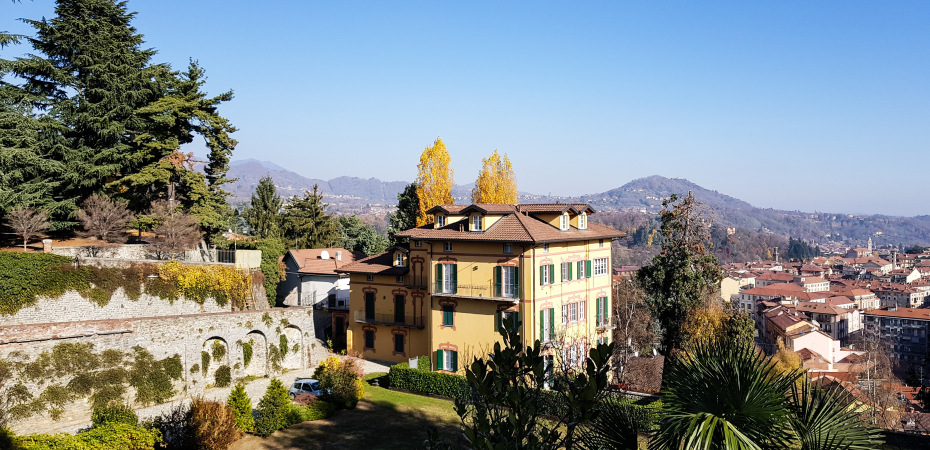
Image from Testimony of a wine junkie
There was a time, a couple or more centuries ago, when Alto Piemonte’s offerings commanded the respect and admiration that Barolo and Barbaresco do now. A one-two punch of phylloxera and fiscal downturn ended its reign as Northern Italy’s supreme red-wine region, but a renaissance that began in the late 1900s has only deepened in recent years, making Alto Piemonte a region worth investigating by nebbiolo lovers.
The typical expression of Alto Piemonte’s wines differs somewhat from that of its Langhe counterparts a couple of hours to the south; the wines of the north tend to be a bit more lithe, highly fragrant with softer (though still prominent) tannins and a well-defined minerality. There are a number of reasons for this distinction. First and foremost is the Alpine weather, which provides an abundance of afternoon sun but is tempered by colder nighttime air–helping to keep all of nebbiolo’s myriad elements in balance.
In addition, while the wines of Barolo and Barbaresco require cépage to be exclusively nebbiolo, the wines of Alto Piemonte allow for nebbiolo to be blended with other local grapes such as vespolina or croatina, which tend to accentuate the higher-toned flavors. There are also differences in soil composition: Alto Piemonte’s terroir is more volcanic in nature, instead of the limestone and clay that feature prominently in the wines of Langhe.
The Alto Piemonte is bifurcated by the Sesia River– Colline Novaresi to the east and Coste della Sesia to the west–and the better-known sub-regions lie directly on the river’s shores. Ghemme, on the right bank, and Gattinara, on the left, are the only two to have attained DOCG status.
Ghemme’s terrain includes more clay and sits at a lower elevation. Therefore its wines often have a fuller body and more pronounced tannins than that of its neighbors. With its volcanic assortment of granite, quartz, and iron, Gattinara produces wines known for their vibrancy and mineral-driven focus.
At Paul Marcus Wines, we are currently featuring the all-nebbiolo 2008 Ca` Nova Ghemme, a wine firmly in its sweet spot. Displaying savory notes of earth and spice at first, this wine is rounded out by fresh acidity and a gentle but noticeable tannic grip. The 2013 Antoniolo Gattinara, also available in the shop, is a lively, graceful rendering that spends 30 months in oak and boasts buoyant red fruits with just enough tannic support. Made with 100 percent nebbiolo, this bottle can easily lie down for another decade.
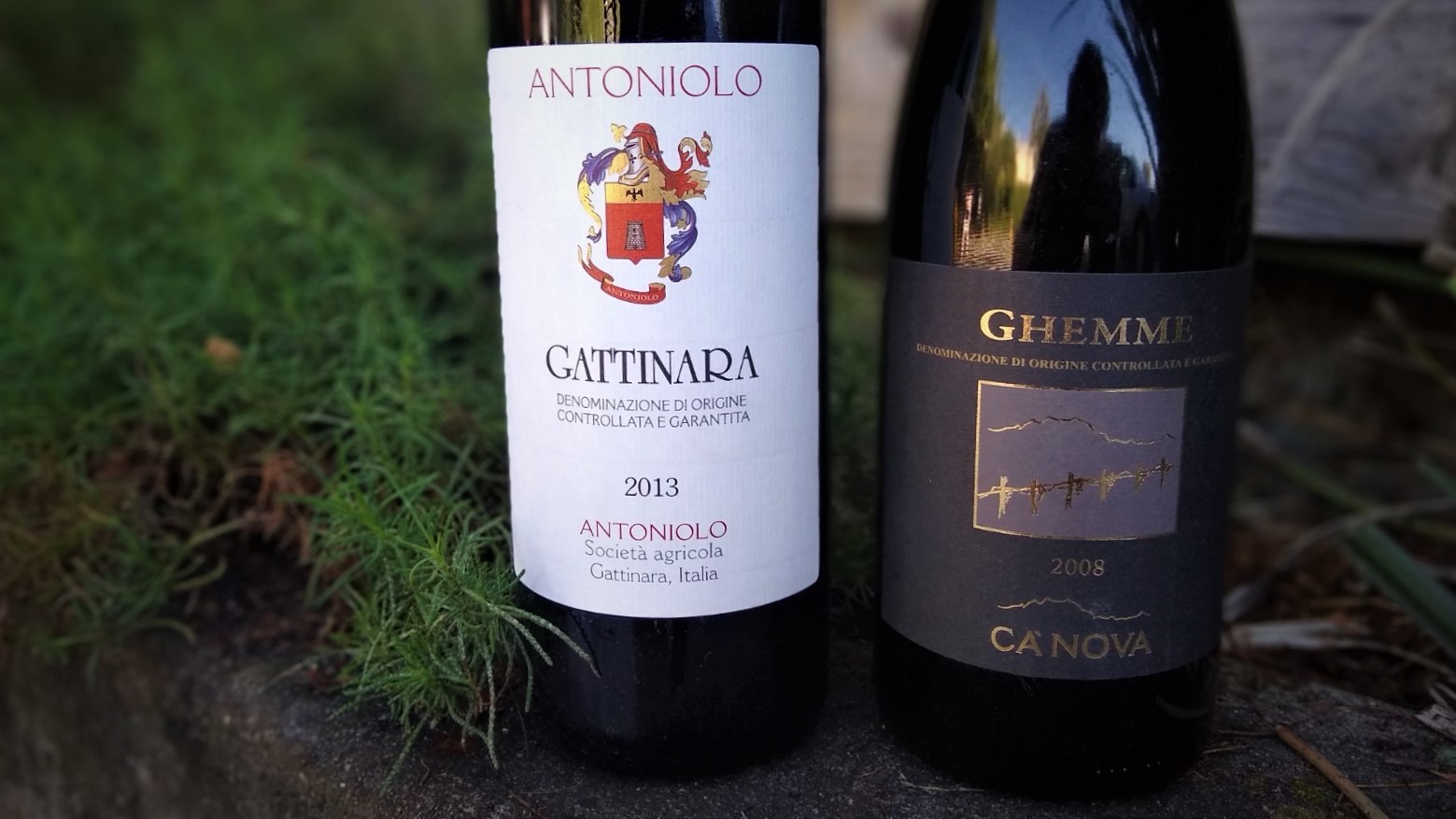
Other Alto Piemonte appellations worth seeking out include the higher-altitude areas of Boca (east of the Sesia) and Bramaterra (west of the river), as well as low-lying Fara (southeast of Ghemme) and sandy-soiled Lessona, whose wines are among the most supple and polished of the region.
There are also wines that are simply labeled Colline Novaresi or Coste della Sesia, usually lighter, more ephemeral wines intended to be enjoyed young. For an example of this style, look toward the Colombera & Garella Coste della Sesia rosso, a lean, refreshingly limber blend of 70 percent nebbiolo, 15 percent vespolina, and 15 percent croatina. (Bear in mind that this producer keeps output low, so these bottles move quickly.)
Fans of rosé can get in on the Alto Piemonte action, too. You can pick up a bottle of the Antoniolo Bricco Lorella rosato–aromatic, herbaceous, and dry, but with a bit of weight–or maybe Al Posto Dei Fiori by Le Pianelle, which ranks as perhaps the shop’s most full-flavored, complex rosé.
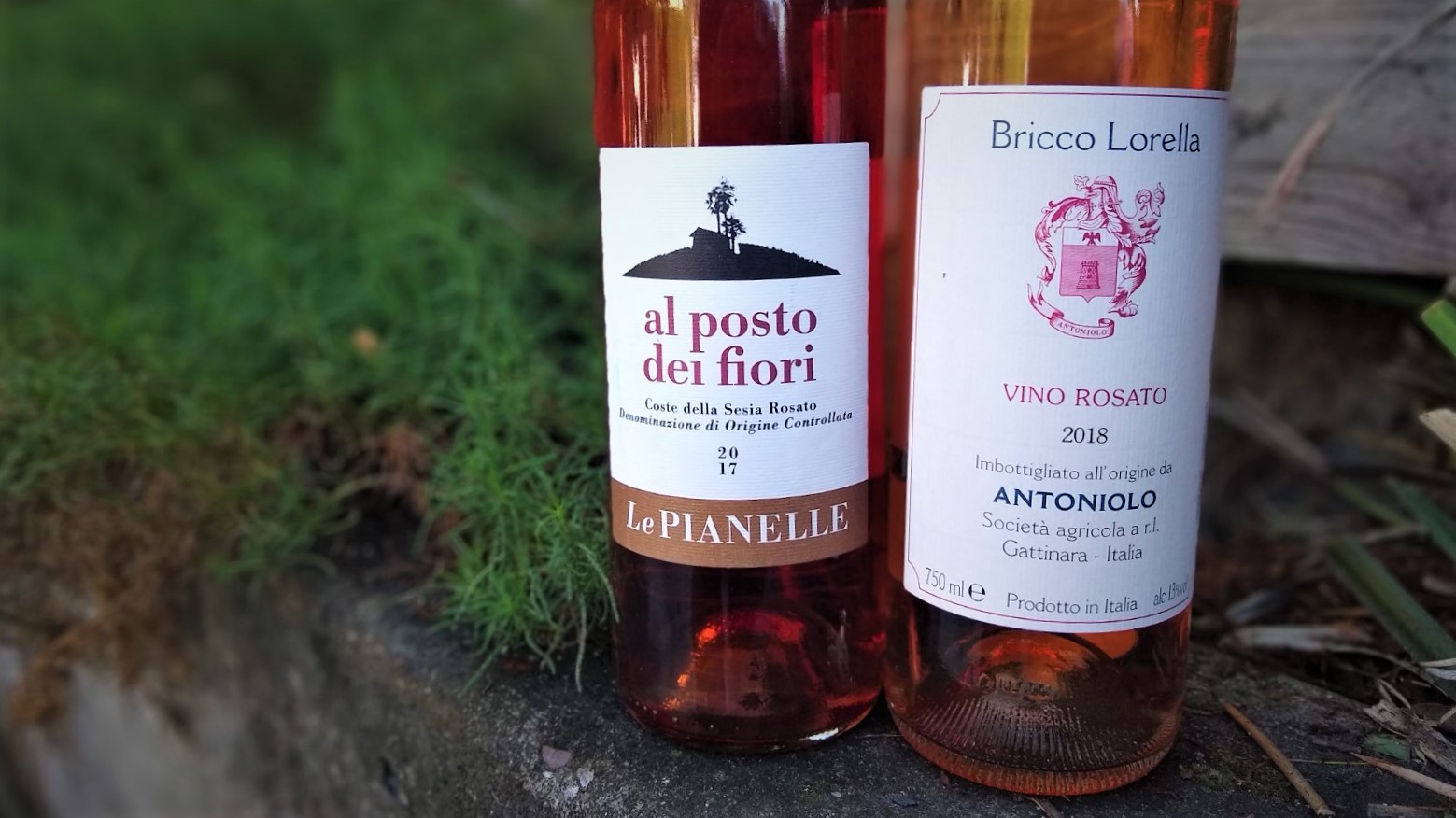
Finally, mention must be made of the tiny Carema DOC. Bordering the Valle d’Aosta and a good 40-plus miles west of the river Sesia, Carema’s terraced, steeply situated vines produce streamlined, gloriously perfumed wines bursting with acidity and propped up by persistent, fine-grained tannins. The big fish in this little pond is Ferrando, whose expression of nebbiolo epitomizes the strength and beauty of Alto Piemonte and, in peak years, can age for 20 years or more. Paul Marcus Wines is fortunate to have the 2013 and 2014 vintages of Ferrando Carema. Get them while you can.
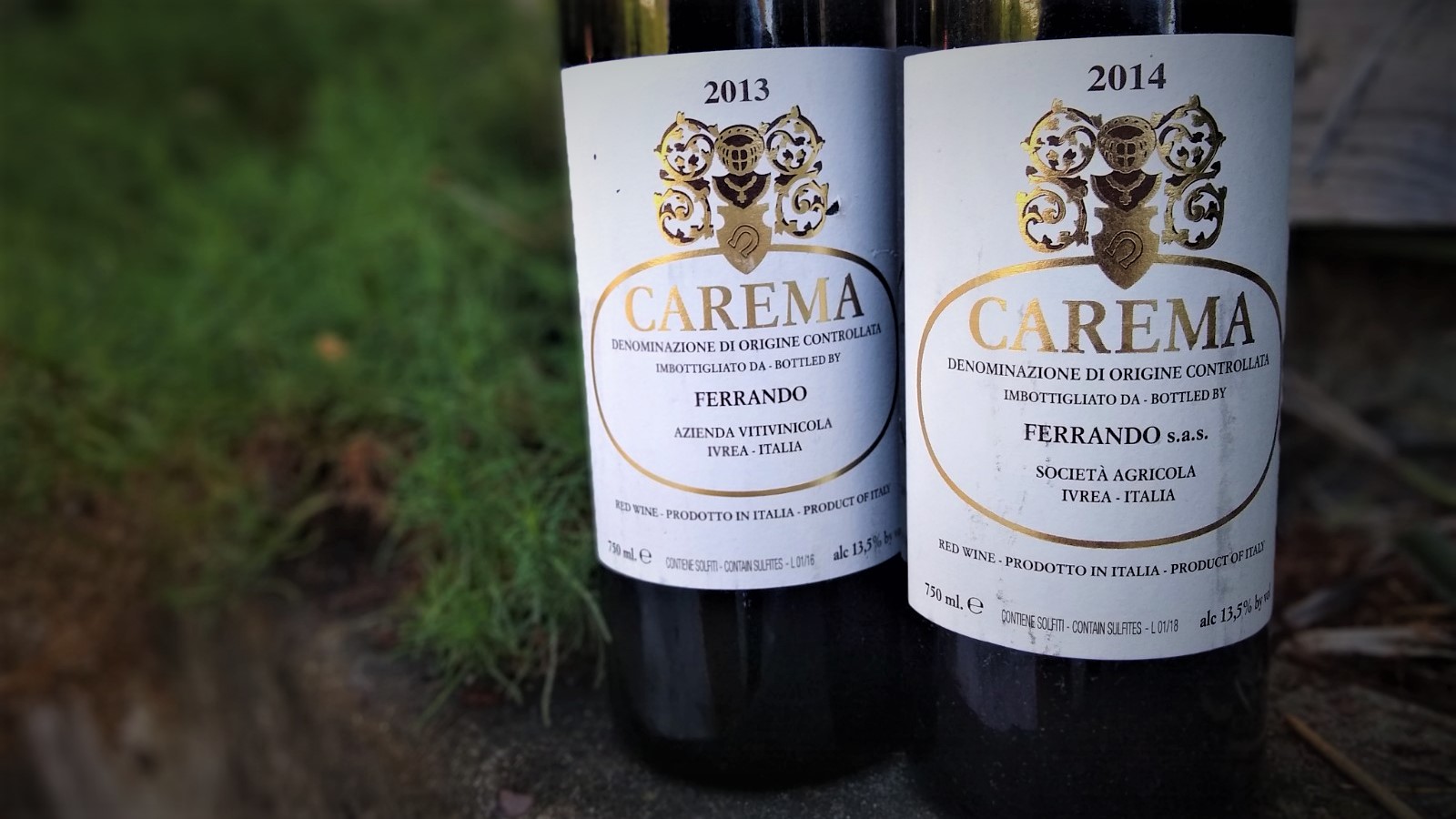
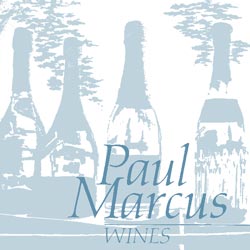
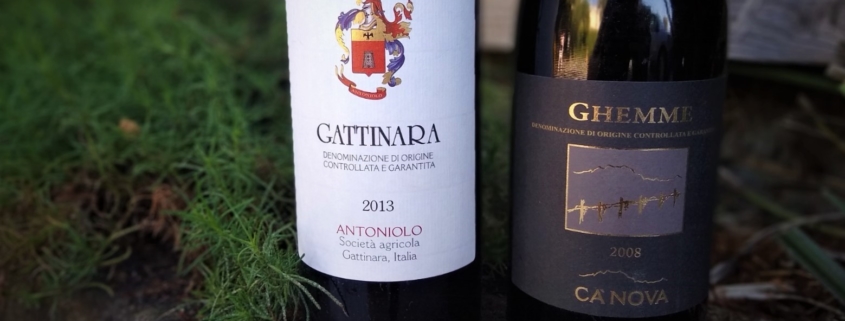
Leave a Reply
Want to join the discussion?Feel free to contribute!